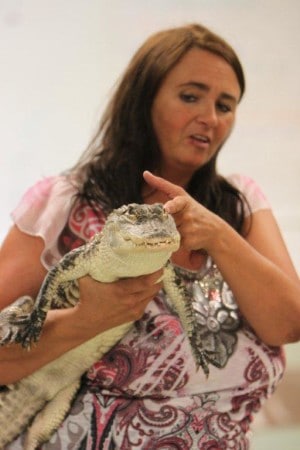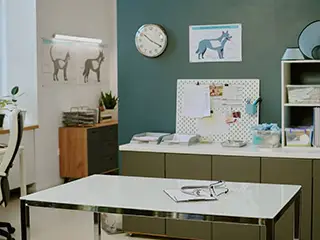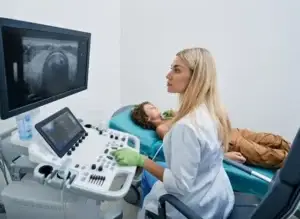By: Pamela Payne*  People are often drawn to the idea of becoming a veterinary assistant because they love animals. That said, the biggest misconception about being a vet assistant is that your only job is to play with animals. As a veterinary assistant, you’ll wear many different hats and be able to perform a variety of tasks. One day you may be educating clients or scheduling appointments, and the next day you could be assisting in a complex surgical procedure. Every day is different, making a career as a veterinary assistant exciting, challenging and rewarding.
People are often drawn to the idea of becoming a veterinary assistant because they love animals. That said, the biggest misconception about being a vet assistant is that your only job is to play with animals. As a veterinary assistant, you’ll wear many different hats and be able to perform a variety of tasks. One day you may be educating clients or scheduling appointments, and the next day you could be assisting in a complex surgical procedure. Every day is different, making a career as a veterinary assistant exciting, challenging and rewarding.
A Wide Range of Job Opportunities
Becoming a veterinary assistant is a thriving career path with a variety of areas to work in. Take Portland for example: people in Portland love their pets and there are more than 600 veterinarians in the area (Oregon Veterinary Medical Examining Board, November 2015). However, the local industry is facing a crisis with a shortage of veterinary technicians and a pipeline that is not equipped to fill the void. This puts veterinary assistants in a position of high demand. Opportunities don’t stop with veterinary clinics. There are a variety of other career paths such as:
- Doggy day care or kennels: Vet assistants can help provide peace of mind to owners and assure their beloved pet is in good hands
- Ranches: This is a rewarding path for aspiring vet assistants who wish to specialize in larger-breed animals
- Shelters: Vet assistants enjoy walking and feeding the animals, dispensing medication and meeting new families
Training for Success
At Carrington College, we have a fast-paced program that covers an array of topics so graduates are prepared for all facets of the profession. Students learn how to: 
- Obtain patient information and maintain medical records
- Collect laboratory specimens and aid in the analysis process
- Assist with diagnostic, medical and surgical procedures
- Assist veterinarians and veterinary technicians with radiography and dental prophylaxes
- Demonstrate critical thinking and information management skills
While the program primarily focuses on dogs and cats, students also become familiar with the needs of large animals, such as caprine (goats), porcine (pig), bovine (cow), equine (horse), ovine (sheep) and reptiles, as well as smaller animals such as hedgehogs, chinchillas and ferrets. The best part of the program is the externship opportunities where students get hands-on experience working with local employers. While jobs are never guaranteed, the connections made while working in in a professional setting can help students stand out when applying for a full-time position. Bottom line: if you are looking for a chance to do what you love – working with animals – becoming a veterinary assistant could be the right path for you. For comprehensive consumer information, visit carrington.edu/cc/va. *Pamela Payne is the Veterinary Assisting Program Director at Carrington College’s Portland campus.



